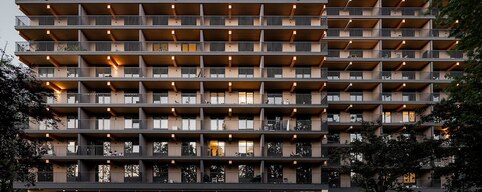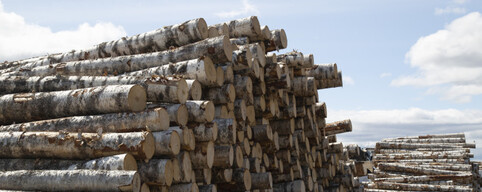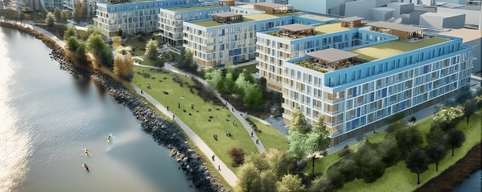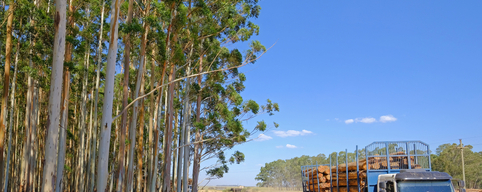

In recent years, timber construction has seen significant advances that have made it possible to take timber constructions to new heights. These developments in design and production open up a wide range of opportunities to increase the attractiveness and efficiency of timber as a building material. Modern production techniques and new construction methods are key factors that are revolutionizing timber construction.
Despite these innovations, there are still some challenges, particularly in ceiling construction. Traditional solutions are often not ideal, as they are either resource-inefficient or do not deliver the desired results in terms of sound insulation and thermal mass. Wood, which has a lower mass compared to mineral building materials, offers less sound insulation and thermal storage capacity. This can be problematic when it comes to balancing out temperature fluctuations and ensuring a comfortable indoor climate.
In multi-storey buildings, fire protection requirements pose a considerable challenge. Concrete, gypsum or impractical fire protection dimensions are often used to meet the required safety standards. However, these solutions are usually not efficient and contradict the idea of resource-conserving construction with wood.
Another aspect is sound insulation, which must be optimized in timber construction. Due to the lightweight construction of timber structures, sound insulation is often compromised, which can make it difficult to use in certain types of buildings. Thermal mass is also a challenge, as it is lower in timber constructions than in solid constructions.
Even though timber construction is making progress in many areas, these previous disadvantages are the reason for the increased need for building services installations in multi-storey timber buildings. This reduces the attractiveness of timber construction in warmer climatic regions and in general.
The restrictions in timber construction have a direct impact on its global spread. The fact is that a construction method only really contributes to climate protection when it is widespread worldwide. At present, the effects of timber construction on climate change are limited by geographical and climatic restrictions.
In warmer regions, mineral building materials score points as they are better able to cope with climatic conditions due to their mass. Their thermal mass helps to keep buildings cool without the use of active cooling systems. This represents a considerable advantage and shows why timber construction has not yet been widely used in these regions.
In summary, it can be said that timber construction continues to face various challenges despite innovative developments. Only by developing new, efficient solutions to existing problems can timber construction develop its full potential as a sustainable construction method and play a more significant role in the global fight against climate change.



